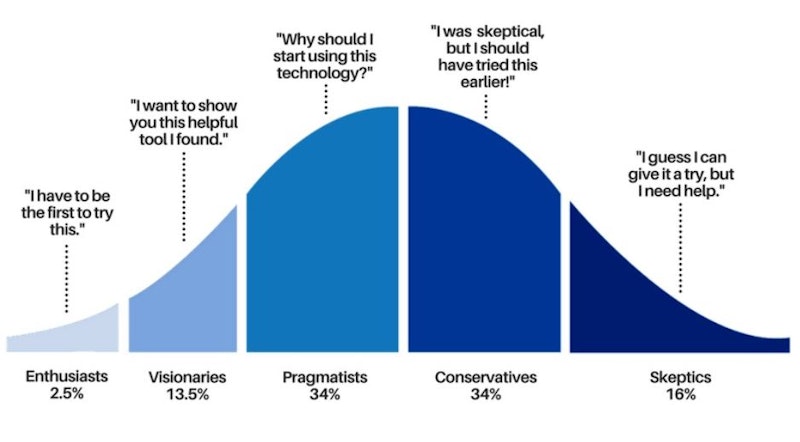The Position Of Online Education Before And After The COVID-19 Pandemic
The educational field has been characterized by the lack of online learning method adaptation. In fact, last year only 1-3% of the educational budget was directed into digital technologies. Online education has and will be increasing in the nearby future. However, the recent pandemic has only quickened the process: many students would not attend presential classes so that they would not get infected with the virus, and as a result they would keep up with the lessons at their home, relying solely on online learning methods. This extremely high demand for online education resources has probably accelerated the digitization of the Education sector by five to ten years.
As an example of this trend, we have the World’s most elite universities such as Princeton, Harvard, Yale and the University of Massachusetts have already announced that they will be offering online lessons this autumn. The great majority of universities have decided to do most of their classes in-person (about 60% of them, as long as it is possible and the risk is low). However, this could rapidly change; the virus spreads very quickly, and suddenly a country that had the virus under control could easily collapse.

The graphic above, made by the consulting firm CB&A, shows how the adoption curve typically impacts in the online learning method users:
Before the COVID-19, only a few educational institutions were implementing online or blended learning methods. Little by little, more schools, universities and ministries of education started enforcing them, but at a very slow rate. Only early adopters, the enthusiasts and visionaries, were willing to give it a try.
When the pandemic hit, everyone had to switch from offline to online classes; in fact, according to UNESCO, 191 countries in the world (98% of the global student population) switched to online lessons. Some popular sites used were Google Classrooms, Zoom and Microsoft Teams. This time, even the pragmatists and conservatives decided to switch to online learning methods, as they were unable to offer on-site lessons.
When the pandemic vanishes, the majority of people will go back to on-site lessons, but there will still be a percentage that will remain assisting to class from their homes. It will also be eye opening for many people, and even skeptics will be open to implement them in their learning.
The Pandemic’s Immediate Effects
Great Increase In The Number Of Users On Educational Apps
Places such as schools, markets, and non essential businesses were closed to the public, so that the virus could be under control. On the one hand, students had to keep learning, and instead of going to school, they learned from home. Others, however, were unable to leave their homes and do their usual activities, and as a result, many decided it was time to start learning new stuff.
Any type of online learning resource (for example, virtual tutoring, video conferencing tools, language applications and even online learning softwares) saw its number of users rise. In fact, companies started offering free online courses, and non surprisingly, the number of people augmented greatly: sometimes even by ten.
As the virus spread across the world and almost every country went into lockdown, more and more organizations switched to online learning methods. Language learning should be highlighted; in fact, a couple days after mandatory lockdown was enforced, the popular application Duolingo saw its traffic notoriously augment. China was first to double the number of users. Later, it was followed by South Korea (one of the countries to follow China’s lockdown). Italy and Spain were the first European countries to suffer the pandemic, and in consequence, the ones that first applied the quarantine. As for Italy goes, traffic increased by 100%. In Spain, it incremented by 135%. In the United States, the number of users went up by 90%. On the other hand, Coursera also saw how the number of users increased; as a matter of fact, five times more, and specially personal development courses saw the biggest increase.

On the other hand, many students had to keep up with their courses, and as a result, they gave videotelephony and online chat services such as Zoom and Google Classroom a try. The company Zoom saw a notorious global increase when countries started to go into lockdown. Users could usually have a free online teleconference for 40 minutes, but due to the coronavirus, they decided to make it free for university students. In Google Classroom’s case, by March 2020 had doubled its users; up to 100 million users.
Learning Online In The Future
This pandemic has shown us how useful and necessary online learning tools really are; when the world stopped, they were there to help people out. As a result, it has greatly benefited online learning companies, as their products became necessities, it was easier to advertise and people were more willing to adapt them. This sudden and unexpected need for online learning will greatly accelerate the industry’s development.
If more people work to obtain more educating resources, there will also be more people working as educators. The more developed these resources are, students will feel more comfortable using them, and the amount of learners will increase greatly. EdTech could really change education as we know it now.
The crisis has not only shown that online learning can be useful in a situation where people can not assist to class, but also that it can be compared to on-site education. Many companies have offered their services for free, so that people would give it a try -if they had to pay for it they would be more reluctant to use them-. Later, when students go back to school or university, they will probably still remain gaining knowledge through these apps, as they have seen that they are an effective way of learning. It is also very likely that the applications we have previously mentioned will be implemented when learning facilities reopen.
So after all, we can all agree that the switch from onsite to online learning was supposed to happen; it has only been accelerated. But when the cure for the disease is discovered and attending school is safe again, these innovative technologies will not go anywhere; educators will still adopt them as they are extremely helpful when learning.
If you are looking for the most advanced eLearning software tools that will help you improve student engagement and performance, at EdTick we provide you with relevant information that will guide you on the journey of selecting and testing the tools that might suit your institution best before making a final decision.
About the author
About EdTick
EdTick is a platform that helps educational institutions connect with academic software. Join our Beta program and help us shape the future of educational technologies!



